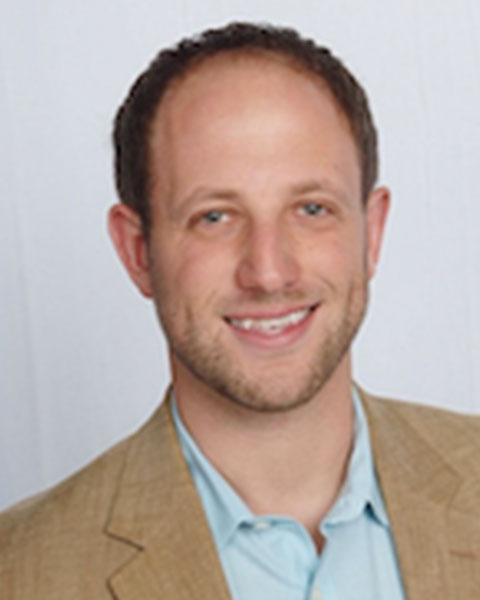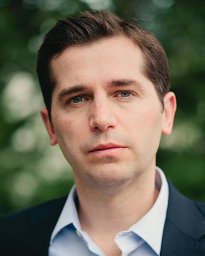Symposia
Suicide and Self-Injury
1 - (SYM 38) a Qualitative Assessment of Stakeholders' Opinion on Suicide Risk Assessment and Intervention in Real-time Monitoring Studies

Evan Kleiman, Ph.D. (he/him/his)
Assistant Professor
Rutgers University
Piscataway, New Jersey- JK
John Kai Kellerman, M.S. (he/him/his)
PhD Student
Rutgers University
Piscataway, New Jersey - AY
April L. Yeager, B.A.
Doctoral Student
Rutgers University
Bridgewater Township, New Jersey - JG
Jeremy Grove, Ph.D. (he/him/his)
Assistant Professor
Duke
Durham, North Carolina - AM
Alexander Millner, Ph.D.
Research Associate
Harvard University
Cambridge, Massachusetts 
Matthew K. Nock, Ph.D. (he/him/his)
Research Scientist
Harvard University
Cambridge, Massachusetts
Speaker(s)
Co-author(s)
Background Along with the unprecedented opportunity to understand suicidal thoughts and behaviors they occur, technologies like Ecological Momentary Assessment (EMA) also bring unprecedented ethical, legal, methodological, and clinical concerns regarding participant safety. Specifically, having in situ data about urges to harm the self or others raises the question how do we respond when a participant reveals that they are highly suicidal? The goal of this study was to collect information regarding this topic from two key stakeholders, suicidal adolescents and their parents, so that we can optimize an intervention protocol that takes into account the wishes, needs and perspective of those with lived experience and their caretakers.
Methods: Participants in the study were 30 adolescents who were hospitalized for suicide risk, and their parents. We conducted semi-structed interviews with open-ended questions assessing domains including (1) Adolescents’ comfort sharing/withholding information about suicide risk, (2) how to share information with parents/others and possible interference with treatment, and (3) thoughts on automated interventions for suicide risk that could be used in lieu of other methods (e.g., contacting the adolescent or parent). After conducting the interviews, we transcribed them and developed a codebook. The research team coded the interviews according to the codebook and resolved any discrepancies via consensus meeting.
Results: The adolescent sample was roughly divided in whether they wanted their parents to know about their suicide risk. 53% of adolescents noted they would want the research team to inform their parents and 34% of adolescents noted they would not want their parents to know about their suicide risk under any circumstances. 64% of the sample noted that they would be willing to have their therapist or school counselor notified. 23% of the sample noted that they would report lower suicide risk scores to avoid the team contacting their parents. Nearly the entire sample was open to the idea of automated interventions in lieu of other methods when safe to do so.
Conclusions: Most notably, this study showed that a third of the sample did not want the team to contact their parents and nearly one quarter of participants would purposely under-report their suicide risk to avoid this happening. We will discuss the implications of these findings and will provide an example of a risk monitoring approach informed in part by this information currently being successfully deployed in multiple NIMH-funded studies.

